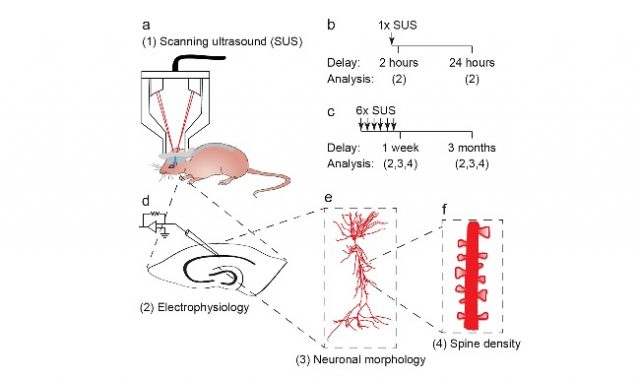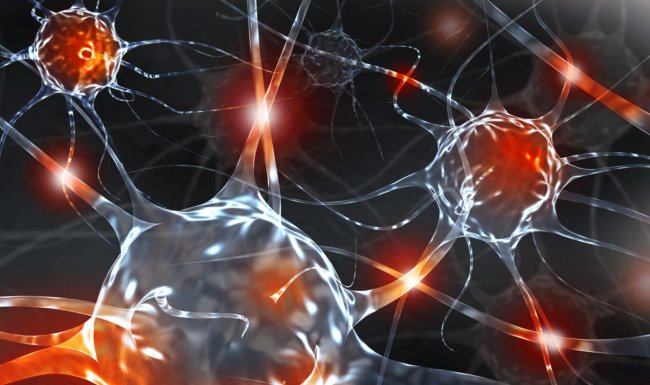
AsianScientist (Oct. 14, 2014) – University of Queensland (UQ) researchers have gained new insights into how the body sorts and transports protein ‘cargo’ within our cells, in a finding that could eventually lead to treatments for neurodegenerative diseases such as Alzheimer’s and Parkinson’s. This research has been published in the Proceedings of the National Academy of Science.
An international research team co-led by Dr. Brett Collins from UQ’s Institute for Molecular Bioscience has revealed the structure of a molecular transport hub that sorts, directs and transports protein to correct destinations in the cell.
Protein cargoes that failed to reach the correct destinations in cells created ‘traffic jams’ that could affect neuronal activity and brain function.
“Having an understanding of how these proteins work together to sort and transport cargo could be the first step in developing drugs that reverse the effects of toxic protein accumulation in neurodegenerative disease,” he said.
Dr. Collins has been studying how cargo is sorted, packaged, and trafficked within human cells for more than a decade. He said that developing drugs that fix faulty proteins such as the transport hub was a relatively new and exciting approach to treatment.
“Traditionally, drugs are developed to try to block or inhibit the function of proteins in the body,” Dr. Collins said. “The problem with drugs that completely stop the function of a protein is that you often get harmful side-effects.”
According to the researchers, the promising finding provides new avenues to target multiple parts of the transport hub to enhance its function by stabilizing the protein.
“If we can enhance or improve the function of this protein we could potentially slow down the brain degeneration that occurs in diseases such as Alzheimer’s and Parkinson’s,” he said.
The article can be found at: Gallon et al. (2014) A Unique PDZ Domain and Arrestin-like Fold Interaction Reveals Mechanistic Details of Endocytic Recycling by SNX27-retromer.
—–
Source: University of Queensland.
Disclaimer: This article does not necessarily reflect the views of AsianScientist or its staff.












